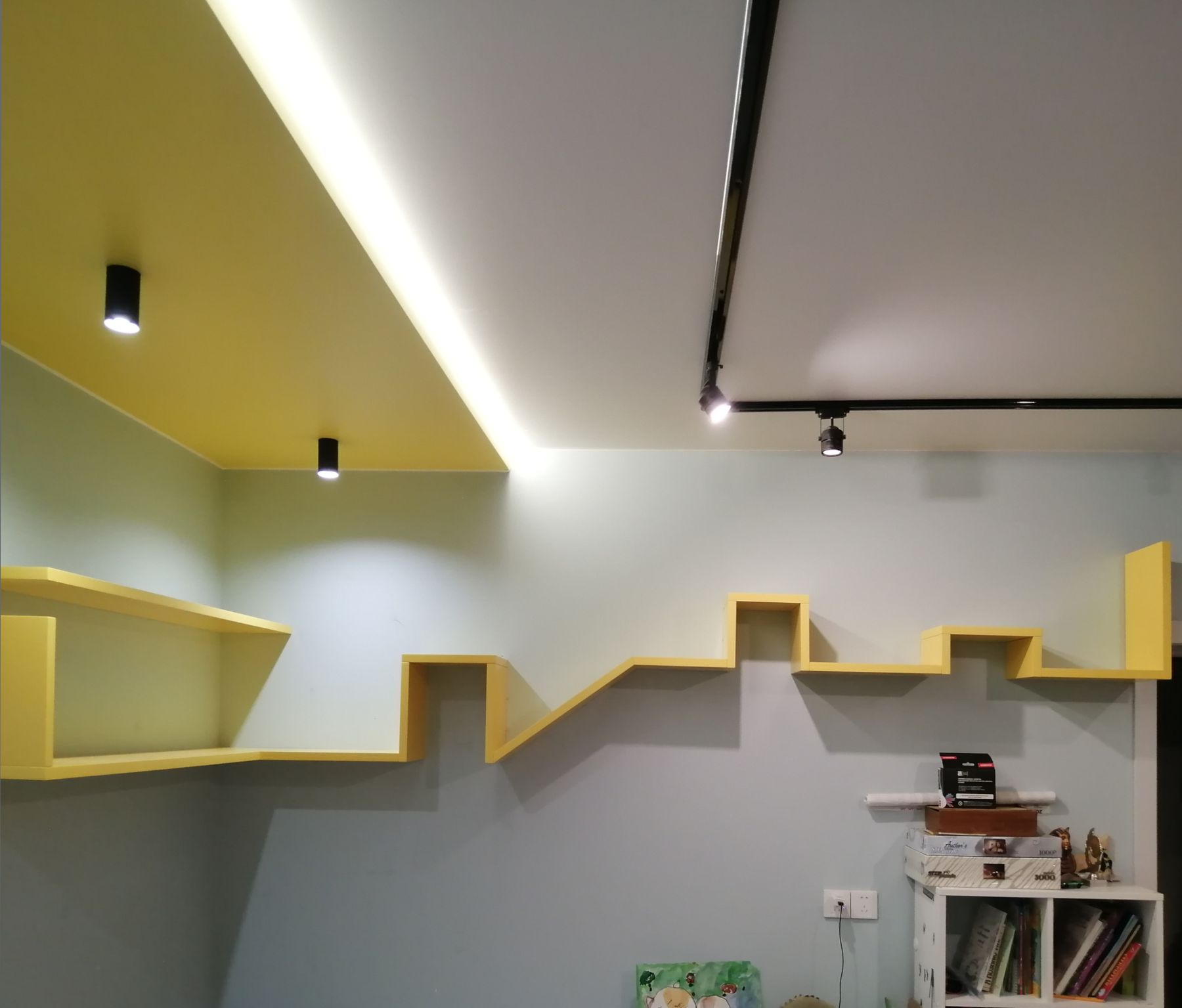
Introduction: the Fusion of Art and Cuisine
The concept of a "Culinary Canvas" is a tantalizing blend of gastronomy and visual beauty, where the plate becomes the canvas and ingredients are the paints with which home chefs can express their creativity. This new trend elevates the dining experience, transforming ordinary meals into extraordinary artistry that engages all the senses. Whether you're an amateur cook or an experienced food enthusiast, this movement encourages the exploration of color, texture, and flavor in the dishes you create at home.
The Palette of Flavor: Selecting Ingredients
Just as a painter selects oils or watercolors, the culinary artist carefully chooses their ingredients. Quality is key; fresh, vibrant produce, well-sourced proteins, and complementary herbs and spices are the building blocks of your edible masterpiece. Consider the flavor profiles you want to achieve: a balance of sweet, salty, sour, bitter, and umami elements can elevate your dish from mundane to magnificent.
Techniques and Tools of the Trade
To craft a picturesque plate, chefs must master culinary techniques and tools. Knife skills are essential for precise cuts and beautiful presentation. Cooking methods like searing, roasting, and blanching bring out the best in your ingredients. Specialized tools like mandolins for thin slicing, zesters for adding a touch of citrus brightness, and piping bags for artful dollops of sauce all play their part in the creation of your kitchen canvas.
Composition: Arranging Your Plate
The composition of your plate is where your artistry shines. Consider the color and shape of your ingredients, and compose them in a manner that is pleasing to the eye. Think about the flow of the dish; guide the diner's eye across the plate with thoughtful placement. Layering elements, using negative space wisely, and creating texture with techniques such as purees or foams can add depth and interest to your presentation.
Finishing Touches: Garnishing and Presentation
Garnishes are more than mere decoration; they complete the dish and can also offer a burst of flavor or textural contrast. A sprig of fresh herbs, edible flowers, or a sprinkle of seeds or nuts can enhance the visual appeal and taste. When presenting your dish, consider the backdrop—a white plate accentuates the colors, while a dark slate might make vibrant ingredients pop. Lighting and table setting also contribute to the overall aesthetic and ambiance of your culinary creation.
Engaging the Senses: The Final Experience
While the visual aspect of a Culinary Canvas is paramount, remember the ultimate aim is a harmonious dining experience. Each bite should dance across the palate, with the visuals complementing the textures and flavors. Engage the other senses too; the sizzle sound of a hot dish, the aromatic scents wafting from the plate, and even the tactile sensation of cutlery can all augment the enjoyment.
Conclusion: Edible Art in Everyday Life
Bringing the concept of the Culinary Canvas into your home doesn't require professional training or expensive equipment. It starts with a passion for food and an eye for beauty. By looking at your plate as a painter views a blank canvas, you can create stunning, delicious works of art in your very own kitchen. Let your culinary creativity flow and turn each meal into an opportunity to express your personal artistry. Bon appétit!